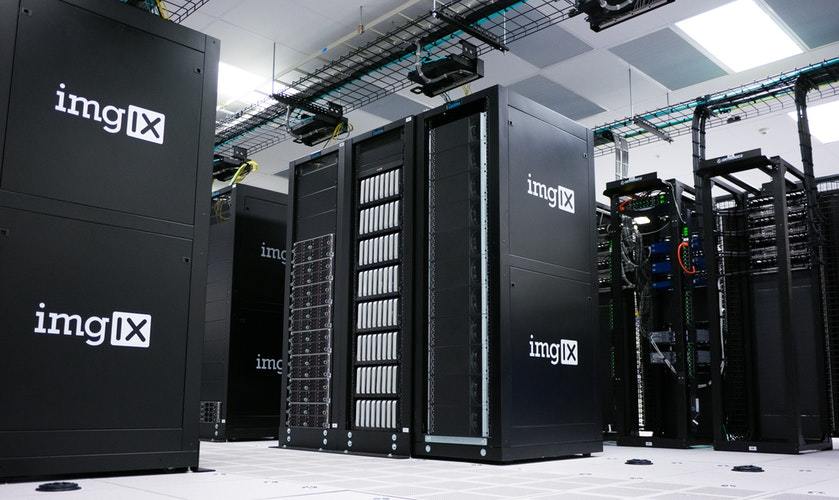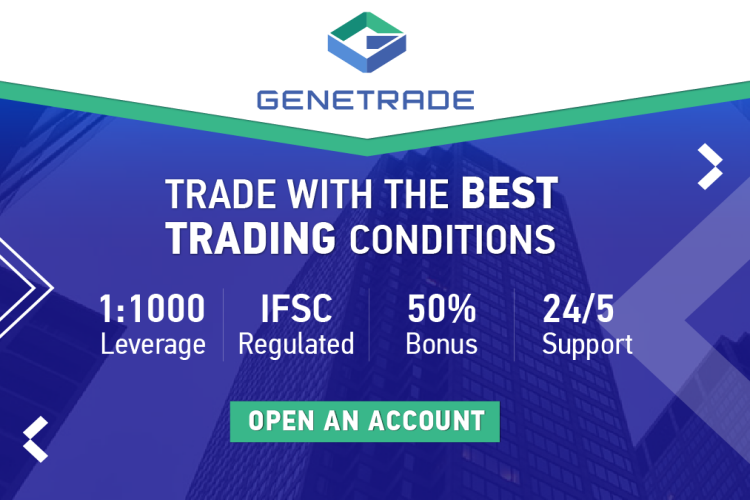High-Frequency Trading and Its Importance
Financial markets have changed throughout the years and will continue to improve with new technology. In Forex trading, over eighty percent of activity is done by robots, not humans.
Automated trading is a reality of our world and slowly but surely robots take over essential parts of our lives. Recent progress in Artificial Intelligence (AI) comes to confirm the trend has started in financial markets.
Because the money-making business always appealed to individuals, companies put a lot of effort in trying to gain a competitive advantage. And where to invest more if not in the most liquid financial market in the world: The Forex market.
In Forex trading, over five trillion dollars’ worth of volume changes hands every single day the market is open. That’s a lot of money!
However, to put this into perspective, almost all of it belongs to other entities rather than retail traders. In fact, retail trading’s chunk is only about six percent of it.
This is visible and simple to prove. Consider a day when Forex trading is open, but the banks in major countries are closed for business.
What happens is that because retail traders’ volume is so insignificant in the overall Forex market, the prices will simply stay in a very tight range. In other words, when the big boys aren’t playing, the market doesn’t move.
Above is the USDJPY hourly chart that shows the Easter 2018 Friday and Monday Forex trading activity on the pair. Because of the bank holidays in most of the financial centers, the volume just wasn’t there for the pair to move.
That’s visible on all currency pairs, not only on the USDJPY. It shows the importance of other market participants in the market’s direction.
Such players are:
- Central banks. Each central bank has a trading department that closely monitors the market and executes monetary policy. In some jurisdictions, like Switzerland, the Swiss National Bank (SNB) actively intervenes in Forex trading.
- Commercial banks. They all have a treasury department that invests the excess reserves, as keeping the cash in-house is costly.
- -Forex brokers and liquidity providers
All of the above use sophisticated trading tools and software to enter the market. But none is so complicated as the High-Frequency Trading (HFT) industry.
What is HFT in Forex Trading
Investment funds and other companies active in the currency market were the first to spot the importance of new technologies and how they can impact trading. For ages, the first one in a market, any market, enjoys a competitive advantage.
The same in trading. Thus, the execution speed became the battleground.
With more and more computing power, the speed increased exponentially. In fact, it becomes almost unreal how fast super-computers buy and sell currencies for the sake of speculation.
Is it profitable? Judging by the efforts made by the industry, it must be.
Brilliant mathematicians, IT programmers, and other people from different fields and with little or no financial background were hired to build sophisticated trading algorithms to approach the market.
Today, Forex trading is heavily influenced by the HFT industry. A super-computer that belongs to an HFT fund (a.k.a. quant) buys and sells thousands of trades per second. Yes, that’s not a mistake!
While the retail world focuses on the fifth digit in a currency pair’s quote, the HFT world goes for the ninth or even further. Most major pairs (the ones that have the USD as a component) part of the Forex dashboard have a five-digit quote, and retail traders consider it fantastic to have such prices (a few years ago only four-digit quotes existed).
But for the HFT industry, that happened ages ago. With faster execution, the HFT industry accessed the interbank market like no-one else does, influencing the patterns and the way everyone involved acts.
Ever wondered what causes the price of a currency pair to abruptly change direction? Or, why the market stays calm, keeps tight ranges, and in less than a second explodes higher or lower?
Such moves can deplete a trading account without giving retail traders any possibility to react. Even if a stop loss order exists, the moves created by the HFT industry affect the execution of such an order.
Think of the NFP release in the United States. It comes out every first Friday of the month, and Forex trading is quite dull during the NFP week: traders wait to see the economic data.
What traders? We just said earlier that retail trading represents only a tiny part of the overall market. Therefore, by traders, we mean super-computers, with dedicated serves and programmers ready to intervene if something happens.

The HFT industry carefully prepares for important economic releases. Because there is a standard interpretation for all economic data, the initial reaction is always known.
For example, stronger than expected jobs data is good for the economy, so the initial reaction would be to buy the currency. Because all HFT market participants buy at the same time, the market reacts the way it does, with huge spikes or dips that happen quite fast.
The industry is responsible for volatility during central bankers’ press conferences. Complex Forex trading algorithms can read the “news tape.”
The financial industry is dominated by financial news giants like Reuters, Bloomberg, Dow Jones, Financial Times, etc. Their press representatives transmit snippets from the press conference, and the news appears on the RSS feed of any news agency.

Trading algorithms learn to read the snippets, as programmers make them react to specific words or changes in wording from previous statements. For example, the FOMC (Federal Open Market Committee) in the United States comes out every six weeks, on a Wednesday.
It sums up the Fed’s decision on federal funds rates for the next six weeks. The algorithms buy and sell the U.S. dollar based on differences between the previous text and the current one.
Even one word missing may mean a hawkish or dovish stance for the statement, and the market will move instantly.
Retail traders have their share too in the rapid market movements. By placing pending orders and setting the stop loss and take profit, retail traders set the stage for automated trading.
The broker will execute the trades no matter what, and the execution depends on the trading account and the broker’s ability to act on the interbank market.
Conclusion
To succeed in Forex trading, it is necessary to pay attention to other market players and understand the market structure and the parties involved.
In today’s world, one of the most significant hedge funds active in Forex trading has more computers than human traders. In fact, the firms use employees for other activities collateral with trading, like marketing, IT and infrastructure development, among others.
The old days when trading currencies was done via phone calls in Asia to catch the opening in other markets are long gone. Today, the ones who win the execution race, win.
For retail traders, the HFT industry is both a blessing and a curse. On the one hand, the sudden spikes lower or higher due to HFT represent an opportunity to make a quick buck. This is the main reason why most retail traders come to Forex trading.
On the other hand, the main reasons for the market’s illogical swings come from the HFT industry. It makes one wonder: if robots are responsible for almost all the moves, is technical analysis still working?
The answer is yes, but it depends on the strategy used. Even robots are programmed by humans, and optimism and pessimism in the markets is something robots will never learn. At least, not in the foreseeable future.


